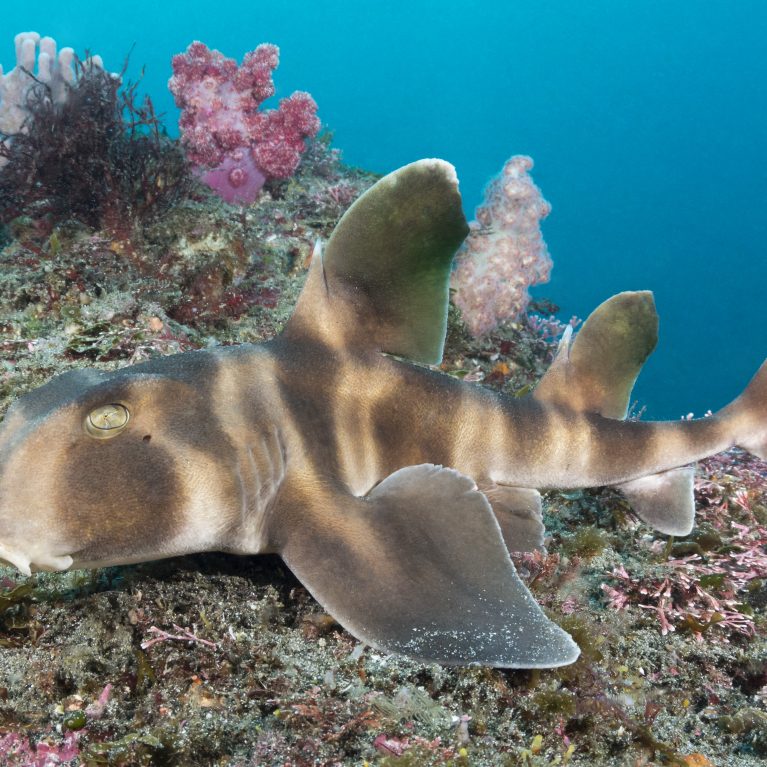The old men and the sea
Japanese fishermen have targeted sharks for centuries. With the passage of time, they have seen our oceans change, but how accurate are their memories and opinions? Mareike compares anecdotal and fisheries information to answer this question.


The old men and the sea: fishermen's knowledge for shark conservation
The key objective of this project is to present a comprehensive summary of commercial, targeted shark fisheries in Kesennuma, Japan. This will be achieved through both catch data analysis and a summary of observations by fishermen to determine how shark populations have changed. Further, the community’s opinions regarding shark conservation will be evaluated.
Kesennuma is Japan’s largest port for landing sharks. An estimated 80–90% of Japan’s shark catch is landed here. Japan is ranked 9th of all countries reporting shark catches and undertakes a targeted shark fishery.
All but one of the shark species currently targeted and occasionally fished by Japanese offshore vessels are considered Near Threatened, Vulnerable or Endangered. All of these species are highly migratory which makes conservation challenging and accurate stock assessment to determine their actual status difficult. It is, for example, assumed that the thresher shark family might be one of the most critically endangered, yet they are neither listed on a CITES appendix nor classified to be threatened beyond Vulnerable by the IUCN, as a lack of data hinders scientific justification to do so.
Many shark populations worldwide have shown declining trends. Although met with concerns by scientists and NGOs globally, we still need more knowledge on shark biology, ecology, range and behaviour to devise effective conservation strategies and halt or reverse the loss of shark populations. Commercial fisheries have been attributed as the main driver. To date, few studies have focused on the shark populations that are commercially fished by Japanese vessels in the North Pacific as catch data is only available in Japanese and only data lumped as ‘elasmobranchs’ is reported to the FAO.
While some studies have been conducted on shark populations in the Pacific, Japan has so far been a blank spot with only a handful of reports by Japanese government agencies. The main species concerned are blue sharks, shortfin and longfin mako, and salmon sharks, and to a lesser extent thresher and hammerhead species. With the exception of salmon sharks, all species are listed as Near Threatened, Vulnerable or Endangered by the IUCN. To successfully protect these populations, more research needs to be undertaken to determine which policy measures would prove most effective.
Conservation of pelagic shark species is difficult; they are highly migratory species so the compliance of several nations is needed to protect them in the high seas. Together with a detailed catch data analysis, this study aims to evaluate the knowledge and decades of experience of Japanese fishing vessel captains to determine if they have observed changes in the and gather information about their opinions on and compliance with current policy. This will help to determine how to make policies more effective. We’ve chosen a bottom-up approach because pilot projects that have taken a community-based management approach to shark conservation, in Fiji, for example, have proven successful.
The aims and objectives of this project are to:
- Evaluate if and how populations of sharks fished by commercial Japanese vessels in the Pacific have changed over the past few decades.
- Evaluate the opinions of fishermen towards shark conservation.
- Evaluate the opinions of shark-fin and shark-meat processors on shark conservation.
- Investigate the areas targeted shark species use at different life stages.
- Compare the results of a catch data analysis with the results of the interviews with regards to changes in shark populations.

